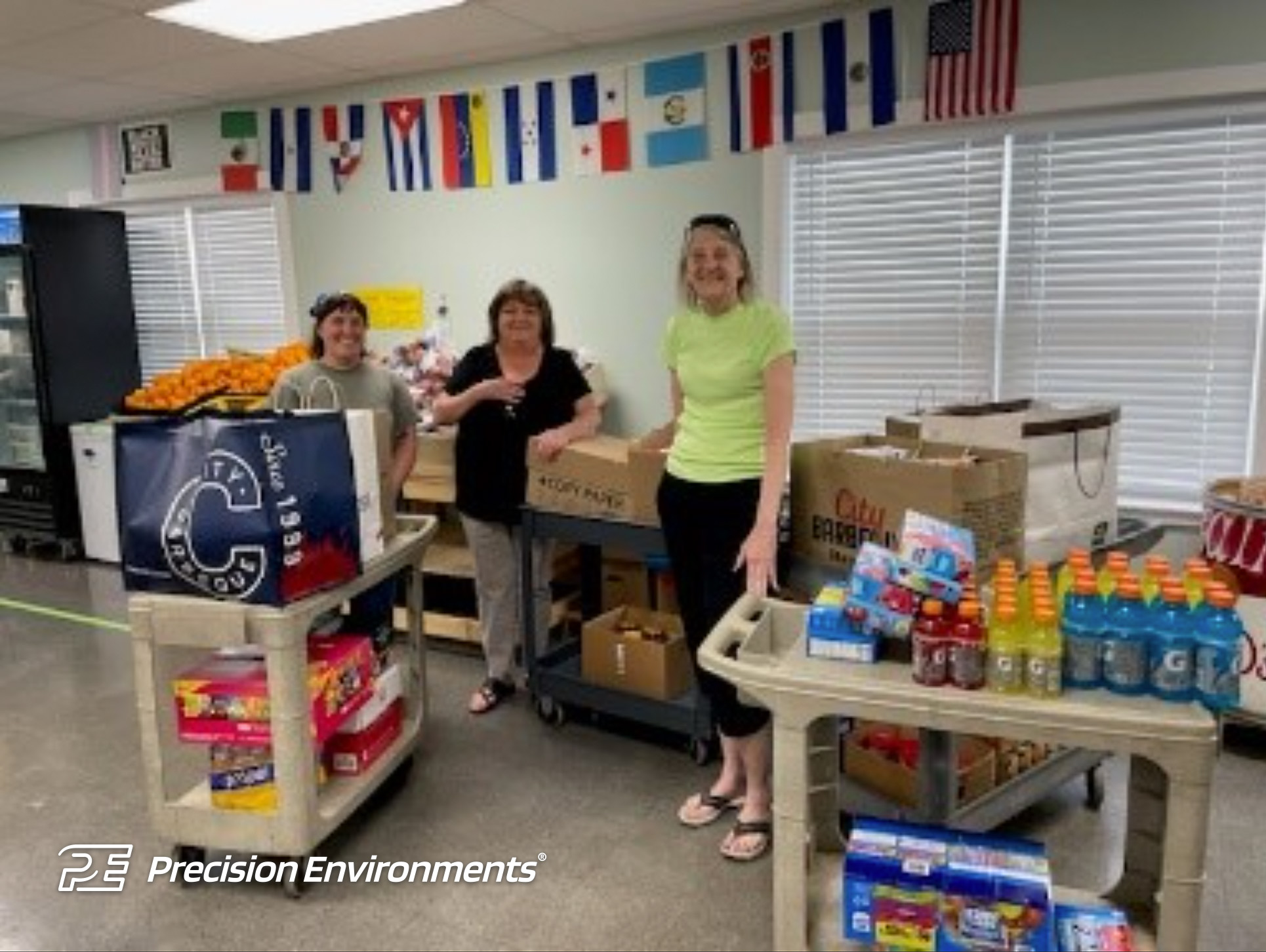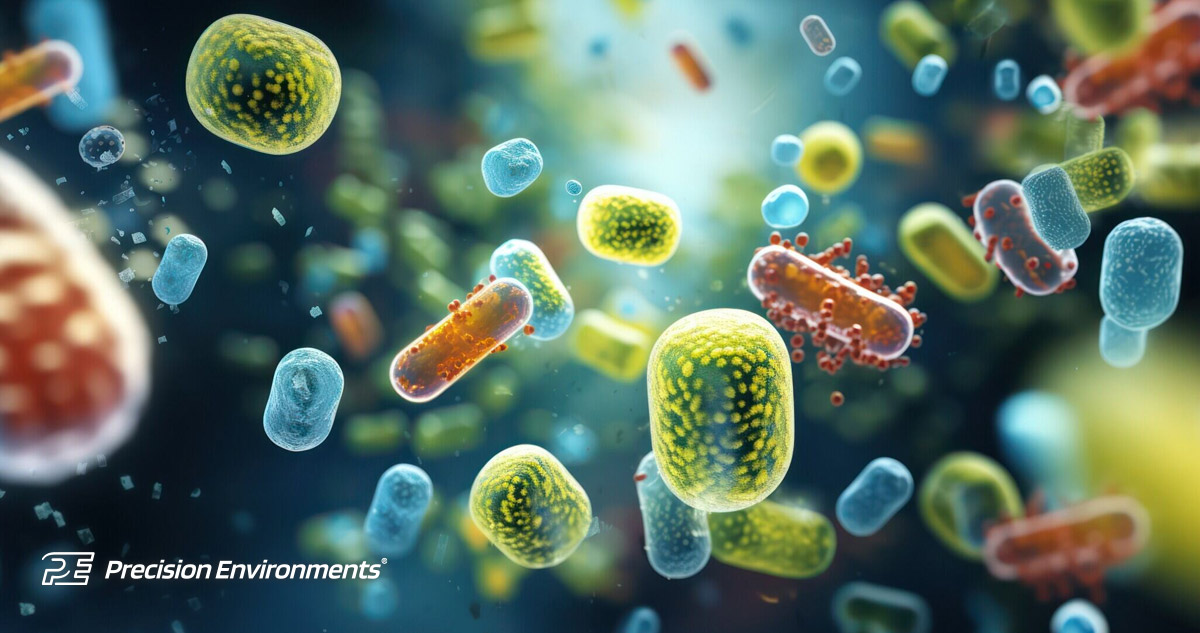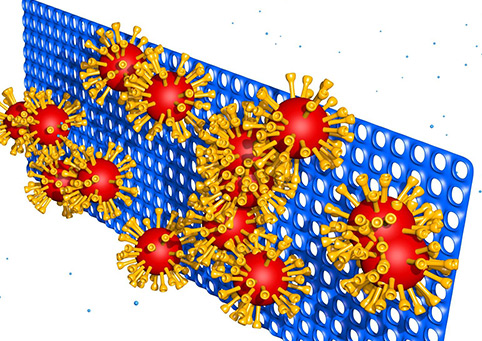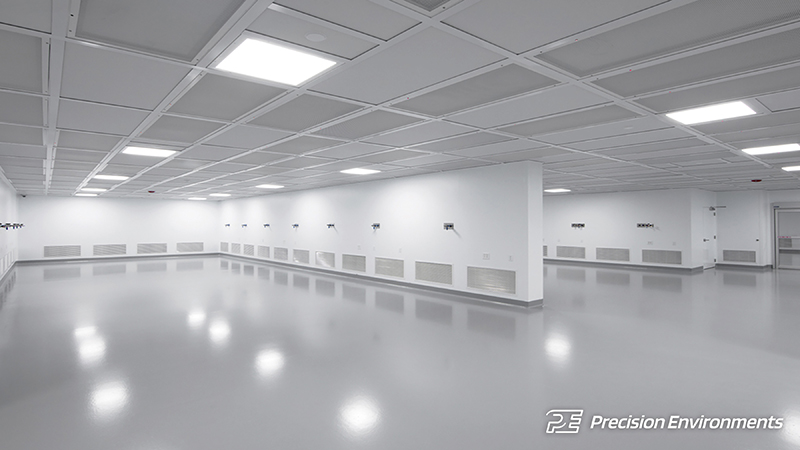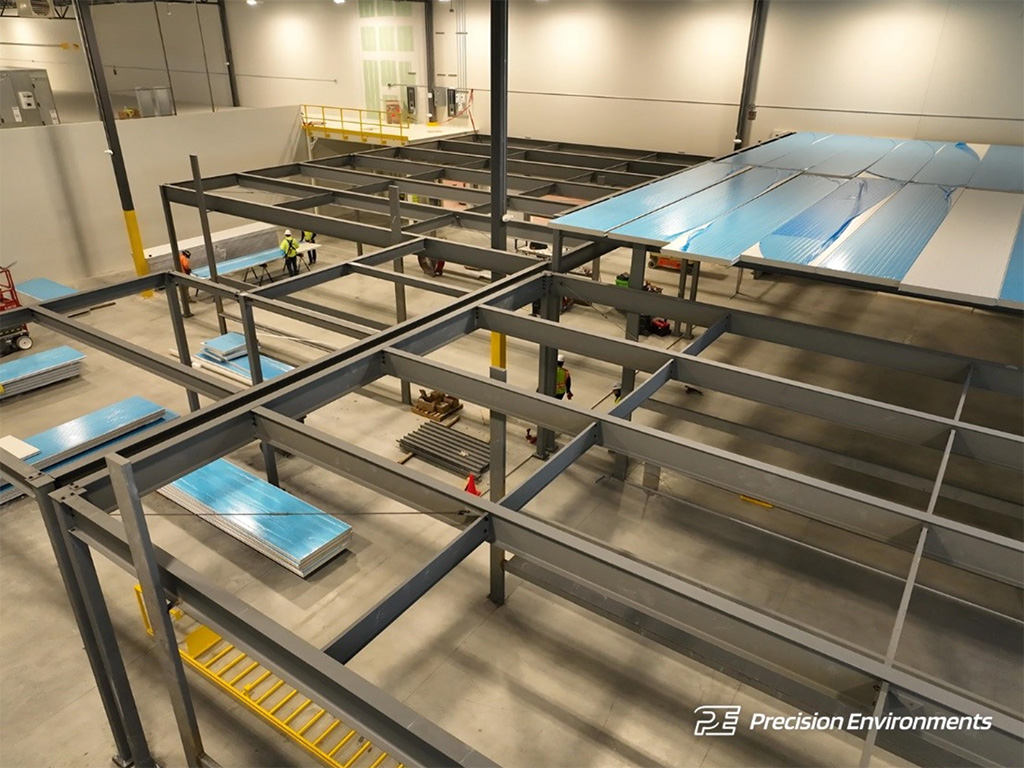How Are Cleanrooms Typically Cleaned?
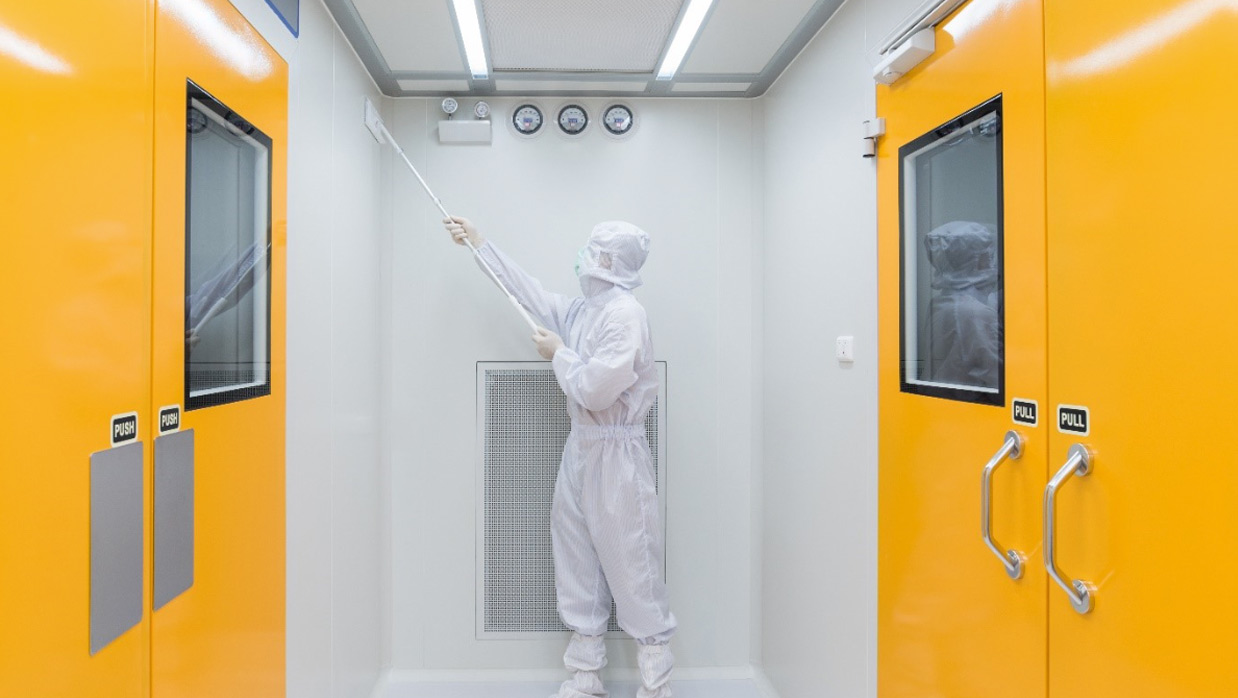
Cleaning the Cleanroom
Cleanrooms require stringent cleaning procedures to maintain their sterile environment and prevent contamination in these sensitive areas. The cleaning process typically follows strict guidelines and protocols to minimize contamination and ensure the cleanroom meets industry standards. Some key steps in cleaning cleanrooms include:
- Using Appropriate Cleaning Agents: Specialized cleaning agents, such as detergents, disinfectants, and sterilizers, are used to remove contaminants and maintain a sterile environment. The specific cleaning agents utilized depend on the cleanroom’s purpose and regulations and are designed to be non-residual, low in particulate generation, and have minimal volatile organic compounds (VOCs).
- Cleanroom Garments: Cleanroom garments, such as coveralls and hoods, are laundered in a controlled laundry facility to maintain cleanliness levels.
- Proper Cleaning Techniques: To limit the spread of contaminants, a systematic cleaning approach is followed, usually starting from the highest point and moving towards the floor or lower surfaces. Frequent wiping, mopping, and vacuuming with cleanroom-grade materials help maintain the clean environment. The cleaning process generally follows these steps:
- Pre-Cleaning: Prior to cleaning, personnel may use a vacuum cleaner or lint roller to remove large particles and debris from surfaces.
- Wet Cleaning: Cleanroom surfaces, including walls, floors, equipment, and workstations, are cleaned using the appropriate cleaning agents and lint-free, non-abrasive wipes or mops.
- Disinfection: After the wet cleaning, disinfectants are applied to eliminate microbial contaminants. Disinfection may involve using a suitable disinfectant spray or wipes.
- Drying: Surfaces are carefully dried using clean, lint-free materials to prevent the accumulation of moisture that could lead to microbial growth.
- Inspection: Cleanroom personnel inspect surfaces and equipment to ensure they meet cleanliness standards and that there are no remaining particles or contaminants.
- Regular Cleaning Schedules: Frequent and routine cleaning is vital to maintain the cleanroom standards. Daily, weekly, and monthly cleaning schedules ensure that all surfaces and equipment are consistently maintained.
- Personnel and Training: Cleaning is typically performed by trained and certified cleanroom cleaning personnel who wear appropriate cleanroom garments, such as coveralls, gloves, shoe covers, and hairnets or hoods. Personal protective equipment (PPE) prevents contamination from cleaning staff during the cleaning process. All staff members involved in the cleaning process must undergo proper training to understand the importance of maintaining cleanliness and adhering to established protocols.
- Monitoring and Validation: Regular monitoring of the cleanroom environment, including air quality and surface testing, is crucial to verify the effectiveness of the cleaning procedures. Monitoring data is often used to adjust and improve cleaning protocols if needed.
- Preventive Maintenance: In addition to regular cleaning, cleanrooms require preventive maintenance to ensure that the HVAC (Heating, Ventilation, and Air Conditioning) system, filters, and other critical components function optimally.
The exact cleaning procedure for cleanrooms may vary depending on the specific requirements of the facility or industry regulations. Strict adherence to the established cleaning procedures helps maintain a sterile environment, vital for ensuring the success of experiments, research, and production in critical applications such as semiconductor manufacturing, pharmaceutical production, and aerospace research.
Contact our Cleanroom experts to discuss your cleanroom needs.

